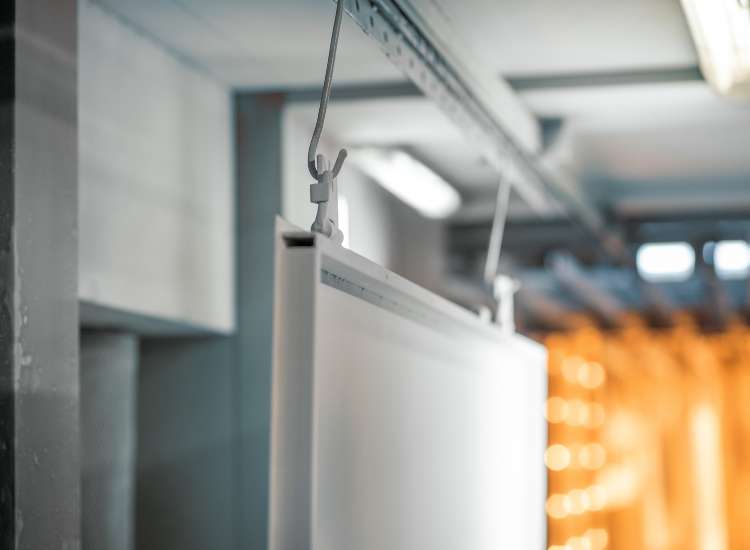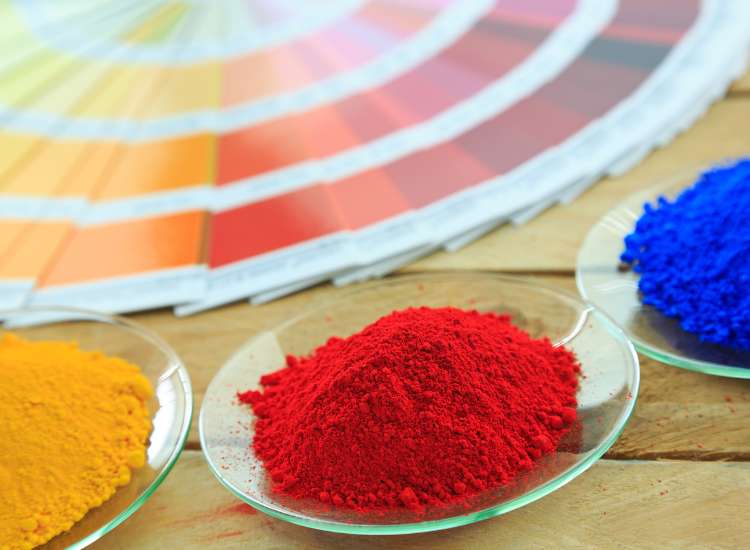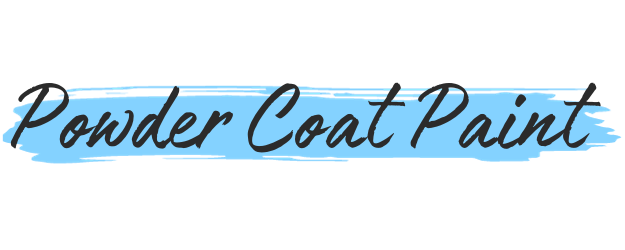When Was Powder Coating Invented?
You might be curious about the history of powder coating and when it was invented.
The innovative process of powder coating was invented in the 1940s by Dr. Erwin Gemmer, a German scientist.

As you delve deeper into the topic, you’ll learn how powder coating has evolved over the years.
This remarkable invention has transformed the world of coatings and finishes, offering both functional and aesthetic improvements to various industries.
Invention of Powder Coating
Powder coating was invented in the 1940s, primarily as a more environmentally friendly alternative to traditional liquid painting methods.
The process originally involved electrostatically charged particles, which improved the quality and efficiency of the industrial painting process.
Why was powder coating invented?
The main reason behind its invention was the need for a more sustainable method for applying finishes to various surfaces.
Traditional liquid painting methods often produced toxic air emissions, while powder coating minimized these environmental hazards.
In addition, powder coating provides better durability and a longer-lasting finish compared to traditional liquid paint, making it a popular choice among manufacturers worldwide.
Powder Coating in the 1960s
In the 1960s, powder coating emerged as a revolutionary finishing process. At that time, some people were seeking an alternative to traditional liquid paint.
As an innovator, you might appreciate how German scientist Dr. Erwin Gemmer developed this game-changing technique. He used electrostatics to adhere dry powders onto metal surfaces.
It expanded the industry, as manufacturers embraced the advantages of this new process, including environmental benefits and increased productivity.
It’s important to know this field built on Gemmer’s invention. Throughout the 1960s, advancements were made to create a wide palette of colors and textures for powder coating applications.
Evolutions in the 1980s
Developments in resins and pigments led to better performance and a wider range of color options. Meanwhile, equipment advancements such as the electrostatic spray gun allowed for better efficiency and consistency.
During this period, the powder coating industry grew rapidly. This can be attributed to companies recognizing the cost-effective and environmentally friendly nature of the process, as well as its durability and aesthetics.

From automotive to architectural applications, this versatile finish became the go-to choice for many professionals.
This era truly marked the birth of modern powder coating, forever changing the landscape of surface finishes for countless products and applications.
Modern Day Powder Coating
In recent years, powder coating has become a popular choice for many industries. You might have noticed its increased usage as a durable, attractive, and cost-effective finish for various products (like dip powder coating).
The process involves applying electrostatically charged powdered particles onto a substrate. You’ll be glad to know that it’s an environmentally friendly technique since it generates minimal waste and volatile organic compounds.
To cater to a diverse set of requirements, powder coating is available in a wide range of colors, finishes, and textures. You can find this versatile finish on everything from automotive parts, appliances, furniture, and even computer components.
Impacts on the Environment
Powder coating is known for its positive effects on the environment. Since its invention, it has greatly reduced harmful emissions.
You might be wondering why it’s considered eco-friendly. Well, the process doesn’t involve solvents, which eliminates the release of volatile organic compounds (VOCs).
Additionally, powder coating is highly efficient. The unused powder can be reclaimed and reused, minimizing waste production.
Industries Benefiting from Powder Coating
The automotive industry is one major sector benefiting from powder coating technology. You’ll find powder-coated components in cars, such as wheels, trim, and under-hood parts, which improves their durability and resistance to corrosion.
In the construction field, powder coating is applied to building materials like aluminum extrusions, curtain walls, and window frames. This ensures a longer-lasting finish, maintaining the architectural appeal and structural integrity of buildings.
Home appliances are no exception to the benefits of powder coating. This coating enhances the overall appearance and resilience of appliances such as ovens, refrigerators, and washers. It protects them from daily wear and tear, extending their life and functionality.
Outdoor furniture is another industry reaping the benefits of powder coating. It is used to coat garden chairs, tables, and benches for increased resistance to weather conditions and UV rays, preserving their aesthetic appeal and functionality for longer periods.
Lastly, the aerospace industry has also started incorporating powder coating in various components. This is because of its lightweight nature compared to liquid coatings, which is a crucial factor in the weight-sensitive aviation industry.
Future of Powder Coating
New materials and processes will continue to improve the quality and durability of powder coatings. You will see the use of nanotechnology for enhanced surface properties and increased functionality of coatings.
Environmental concerns will drive the development of more eco-friendly powder coatings. You may come across coatings with lower VOCs (volatile organic compounds) and energy-efficient curing processes.
Innovations in automation and robotic technology will help streamline the powder coating process. As a result, you’ll see reduced costs and increased productivity for businesses.
Customization options will flourish, as you’ll likely find a broader range of colors, textures, and finishes. This will give designers and manufacturers more creative freedom when using powder coatings.
